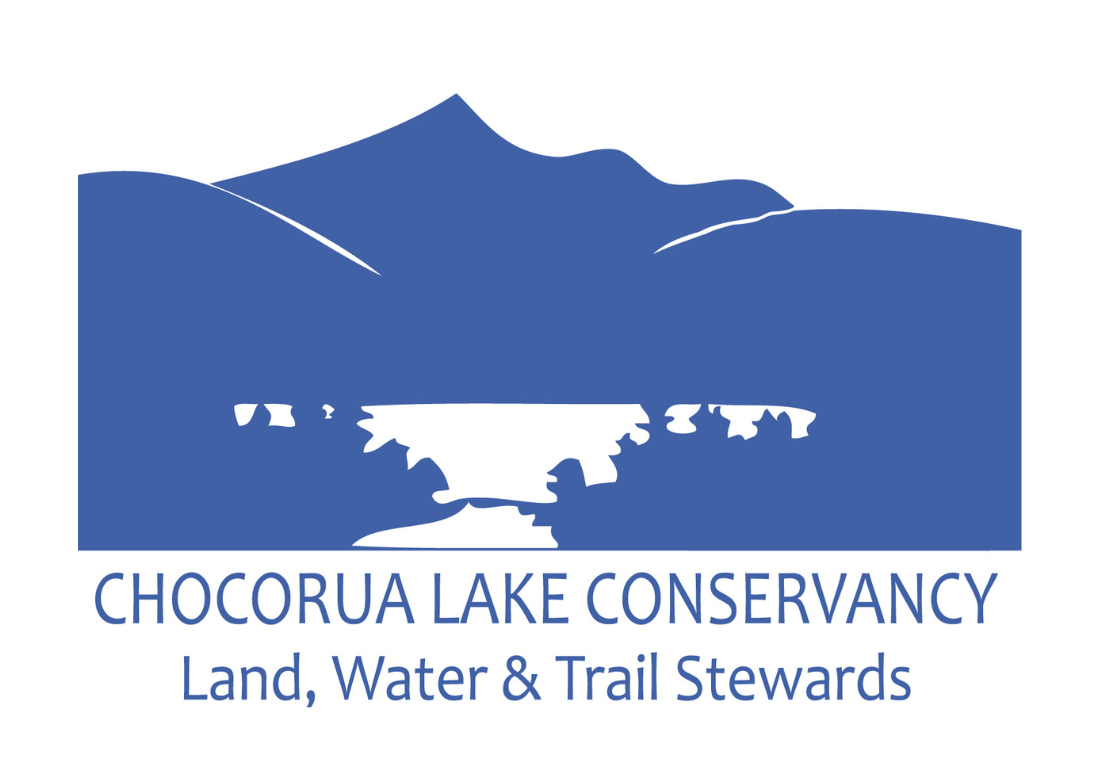Photographer and CLC Trail Steward Jim Diamond has wanted to take a photograph in which the Milky Way is lined up with the peak of Mount Chocorua. “For this shot,” he says, “I wanted a clear moonless night with the lake unfrozen, so I could capture the reflections on the water, as well.” But how easy are all those conditions to come by?
According to Jim, “The Milky Way appears above the lake in line with the peak every single day at some time or another. That time moves 4 minutes earlier every day, 120 minutes or two hours a month, 24 hours a year. The Milky Way will appear at night half the time, about 182 days a year, the other half during the day. The night sky will be moonless another half the time, 91 days a year, and with a moon the other half. Those moonless nights will be clear about another half the time, 45 days a year, depending on our weather (about 190 sunny days a year). And the lake will not be frozen—more like 2/3 of the time—about half the year, 30 days a year. So in an entire year, there are maybe three or four weeks of clear moonless nights with an unfrozen lake where one might see the Milky Way line up with the peak. Those weeks are going to be in the fall, mid-September through mid-December, and between midnight (December) and 6AM (September).
“I use an app called PhotoPills to set up night sky pictures. It allows me to see sunrise and sunset, moonrise and moonset, and the position of the Milky Way at a specific location—like the Narrows Bridge. And that is how I figured out the 2 hours/month change in the time for observing the Milky Way over the lake.
NOAA’s space weather prediction for the aurora in the hour before Jim took the above photo. He uses NOAA’s forecast every time he plans a night sky shoot.
“I had been planning that shot for about four months. We had a string of cloudy nights each month that made the shot too hard to get with my equipment —until November. Because I had done some scouting and planning for a few months, I was ready. I shot for perhaps 35-40 minutes. The night air was cold but not brutal— about 25°F, not too cold. The aurora far to the north over James Bay had 49 GW of hemispheric power, three or four times larger than its usual 10-15 GW, more than enough to light up the northern horizon.”
You can see this distant aurora left of the peak—it’s not city lights. The lights of nearby Albany are at the right edge of the photo. This was extra good luck, because, as Jim says, of “the perhaps twenty or so nights in a year when the conditions are going to be just right for this shot, not many of them will have an aurora.”
Photo details:
Photo was taken at about 2 AM, 22 November 2020 at the Narrows Bridge, Chocorua, NH.
Canon Mark III EOS 5d body,
Canon 16-35mm f/2.8L II USM lens,
20", 16mm, f/3.5, ISO 16000



